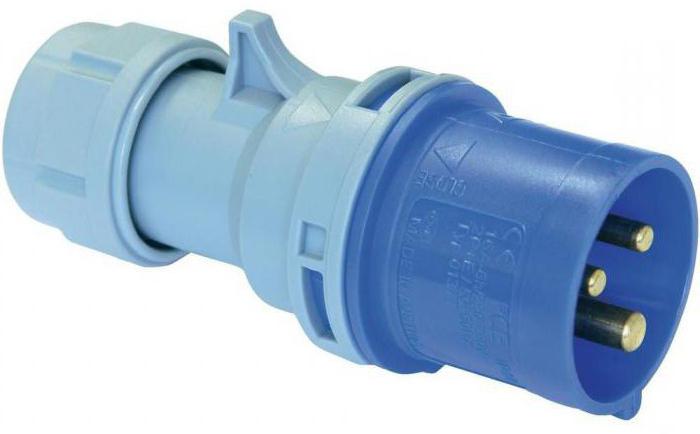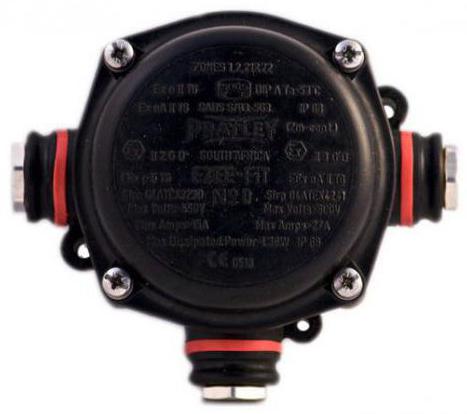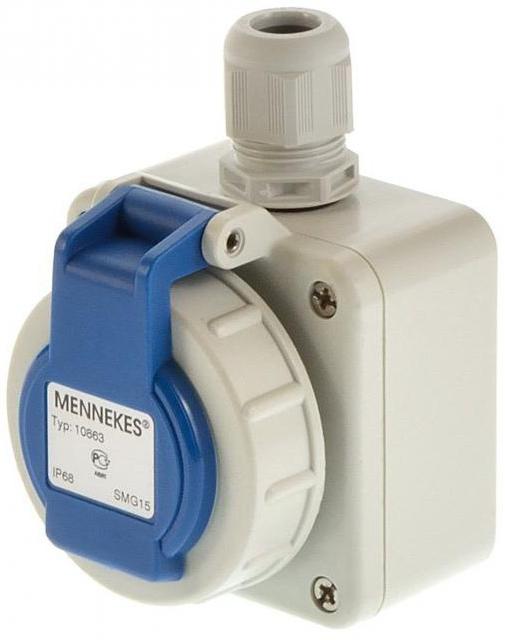Very often we find on electrical appliances marking the degree of protection IP in combination with two more digits. Professionals easily understand the purpose of each marking code and know the conditions under which certain devices can operate in accordance with the encoding. In fact, understanding this is not so difficult.
What is IP
The acronym IP stands for Ingress Protection Rating, which translates to “enclosure security level”. On many devices, you can see the marking of a certain class of equipment protection. Usually it is the letters IP and two digits, but sometimes you can find additional and auxiliary letters after the numbers.

Basically this information is provided for professionals who work with similar material. The need for such marking arose not so long ago. With the advent of electrical equipment and the expansion of the range, it was necessary to classify the degree of protection of the case.
Coded information indicates whether the device can be installed in a humid or dusty environment. For example, sockets and switches are primarily IP21. This means that the housing is protected from direct contact with anything and water. Thus, the products are prepared for use in various environments and conditions. Manufacturers adhere to the markings of a certain standard.
Degrees of protection (IP): decryption
To understand the scope of the equipment, you need to know simple rules for decrypting IP. The first value indicates the degree of protection against dust and other solids. The next figure indicates the level of moisture insulation.
- 0_ - the housing is susceptible to water and dust;
- 1_ - protects from hit objects more than 50 mm (for example, touching with your hand or other large object)
- 2_ - limits the hit of objects over 12 mm (for example, accidental contact with a finger);
- 3_ - protection against contact with objects larger than 2.5 mm (wires or tools);
- 4_ - protection against contact with objects larger than 1 mm (thin wires, small tools);
- 5_ - partial insulation, preventing the ingress of dust (for slightly dusty rooms);
- 6_ - insulation or complete protection against dust (for working in difficult conditions);
- _0 - the case is not protected;
- _1 - prevents water droplets from entering;
- _2 - protection against leakage of vertical drops and at an angle of up to 15 degrees;
- _3 - provides protection against vertical drops and at an angle of up to 60 degrees;
- _4 - medium insulation prevents droplets from any side;
- _5 - protection against water under low pressure on either side;
- _6 - protection against strong jets of water and waves;
- _7 - protection against short immersion in water;
- _8 - full insulation is used for prolonged contact with water.

Additional letters indicate the type of protection for people from touching dangerous parts:
- A - protection against touching the back of the hand (50 mm);
- In - a finger (12 mm);
- C - tool (2.5 mm);
- D - wire (1 mm).
Auxiliary letters (indicate the type of electrical equipment and method of testing):
- H - high voltage equipment;
- M - devices having rotating elements and tested at the moment of rotation;
- S - equipment with rotating elements, tested at rest.
Using this data, you can determine the degree of protection (IP). The decoding and methods for determining the desired class are given below.
Decryption Examples
- IP20 - equipment of this degree of protection IP can be installed in a dry, warm room and in an unpolluted environment (office, shop or apartment).
- IP21 / IP22 - can be used in unheated rooms where condensation may form.
- IP23 - can be installed in industrial unheated buildings and structures, also used outdoors.
- IP43 / IP44 - equipment of degree of protection IP 44 can be placed at a low height and with the likelihood of small drops and splashes. It can be an electric block of a street industrial lamp or equipment for a bathroom.
- IP50 - devices for dusty and dry places, often used when lighting food production.

- IP54 is a common IP degree of protection for electrical products. These lights can be easily washed. This equipment can be used both indoors and outdoors.
- IP55 - such a device can withstand the ingress of water jets. Outdoor electrical switchboards and cabinets usually have a similar protection class.
- IP65 / IP66 - the equipment is as much as possible protected from dust and influence of powerful streams of water. Diving under water is not recommended.
- IP67 / IP68 - products can be used in difficult conditions (lighting in the pool or fountain, equipment on the ship).
- IP69К - this class was specially designed for automotive special equipment, which is periodically subjected to strong cleaning (concrete mixers and dump trucks). But more and more, this degree of protection of the equipment body is used in the food and chemical industries.
Moisture-free living spaces
Electrical equipment degree of protection IP 21 is one of the most common. It is used in the arrangement of apartments, offices, shops, other residential and domestic premises, in which direct water is unlikely to enter the unit and low dust content.
It can be lighting devices, sockets, switches, which we use so habitually in our everyday life. At the same time, equipment with a similar coding is not suitable in humid rooms.
High humidity rooms
To use the outlet in the bathroom, IP 44 protection equipment is well suited. This outlet is well protected from dripping and dust. It must have a special tight-fitting lid.
Also, electrical equipment of this category can be used in industrial premises if there is no direct hit of water jets and dust streams in the places of their installation.
Degrees of protection (IP): GOST
The requirements for determining the degree of protection are standardized in GOST 14254-96. Here are areas of application, normative references, definitions of degrees of protection against dust and moisture, examples of marking and test rules.
This information is periodically accessed by manufacturers and workers who use various electrical equipment in their work. Mostly used items whose IP is known to professionals. But on an industrial scale or in special rooms more sophisticated equipment is used.